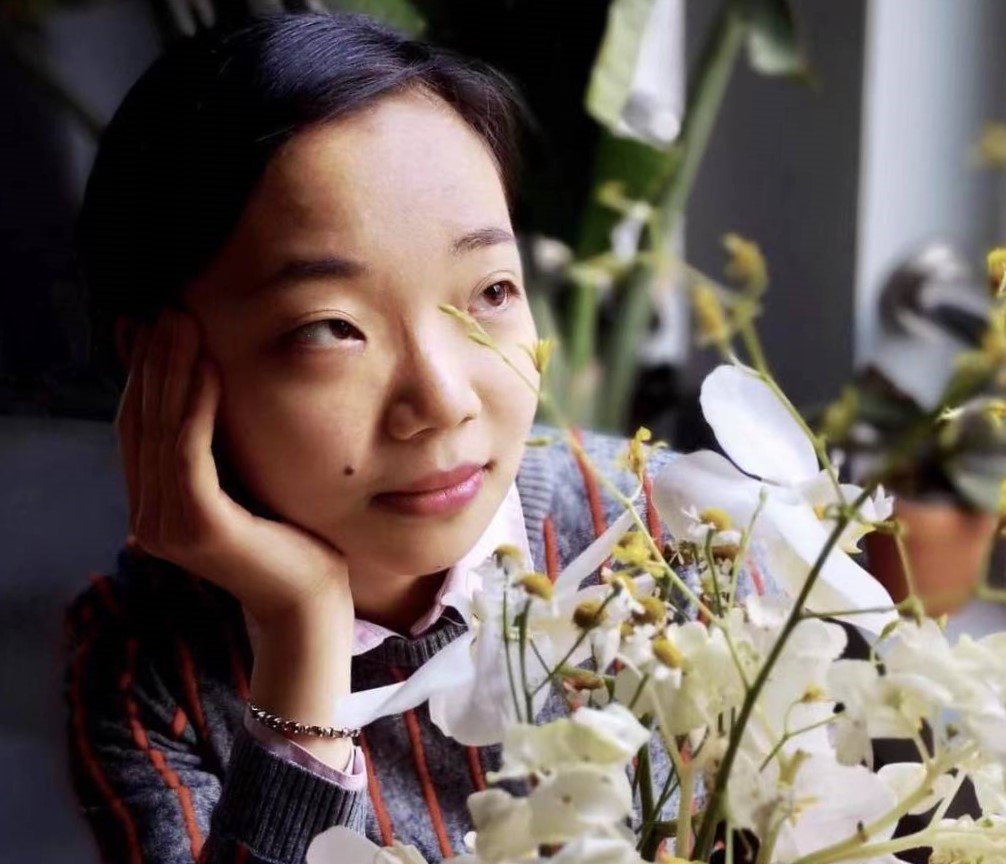HONG KONG-STYLED MILK TEA or 丝(Sī)袜(Wà)奶(Nǎi)茶(Chá)
Hong Kong milk tea gains the nickname “silk stocking milk tea” from the special filter for tea colliding — not the stocking, I promise you! To filter out the tea as clear as possible, milk-tea vendors in the 1940s and 1950s looked to dense fabrics. Lam Muk Ho (林木河), the founder of Lan Fong Yuen (蘭芳園), chose cotton interlock fabric as his clothier friend suggested, which was used as the lining for suit jackets and coats. The cotton interlock fabric is so dense that even silk floss cannot get through. Mrs. Lam helped to tailor the interlock fabric into long bag-shaped filters. The white filter turns into tan and coffee once the tea brewed; and for the interlock fabric has some elasticity, Mr. Lam’s identifiable filter does look like silk stocking for those who don’t know how it is made. Labourers at the port constituted the majority of Mr. Lam’s patrons in the 1950s. During their brief break, they would rush to Mr. Lam’s store, calling, “My lad Lam (林仔)! A cup your silk stocking milk tea!” The nickname quickly spread widely, as the secret for Lan Fong Yuen’s extra-smooth milk tea resides in the mysterious “silk stocking”. In fact, besides adopting cotton interlock fabric to make filters, Mr. Lam also initiated brewing and braising tea in smaller copper kettles instead of giant ceramic pots so as to overcome the astringency. As time passes, Lam’s “silk stocking” became the standard procedure to prepare milk tea in Hong Kong. The tea restaurant Lan Fong Yuen operated by the Lam family is beloved by all Hong Kongers, from ordinary people to celebrities. It is also one of the landmarks for foreign gourmet pilgrims to this island.
HISTORY
Amberous, glossy, the cup of milk tea you are sipping now is an encounter of British passion for tea and that of indigenous people in Hong Kong. Different from the more accessible Taiwan “bubble tea” (pearl milk tea) with dazzling toppings, the Hong Kong version is a simple mixture of black tea and evaporated milk — but not easy.
The story began with the establishment of British colonial rule in Hong Kong in the 1840s. While the British put milk in their tea, the flavour was too mild for Hong Kong indigenous inhabitants who were used to drinking robust, heavy roast and fermented traditional Chinese black tea and Oolong tea. Thus, the English way had been considered a pretentious luxury that only served in western restaurants and hotels. It was until the 1940s that the owners of some cafés (茶餐廳,“tea restaurant”) started to adjust the recipe and method of making English milk tea to cater for the tastes of local Hong Kongers.
The tea base is made of a mix of several types of Ceylon tea. Though the proportion of each tea type is treated as a commercial secret by many vendors, a common view is to have “thirty thin, seventy fat (leaves)” (三分幼,七分粗), so that the body is rich and full enough to go with milk but not too bitter. After mixing the tea leaves, Hong Kong milk tea is prepared in 4 steps: brewing, braising, colliding and reheating. Then the tea follows evaporated milk into the teacup, served with sugar alongside. Because the Hong Kongers seek for smoothness (順滑), which requires the balance of multiple kinds of tea and the perfect blend of tea and milk, the most important step is colliding (撞茶) — to pour the tea from one pot to another speedily for several times. According to experienced vendors, force, speed, and drop height are the keys to colliding. As every piece of leaf stretches out impacted by boiling water, a balance is achieved out of discordant micro-flavours due to the uneven heating of the tea leaves in the pot. At the same time, interfused with air, the tea gives off its bold aroma.
Blog prepared and edited by Yuxuan Cai
History Ph.D Candidate at University of Cambridge


